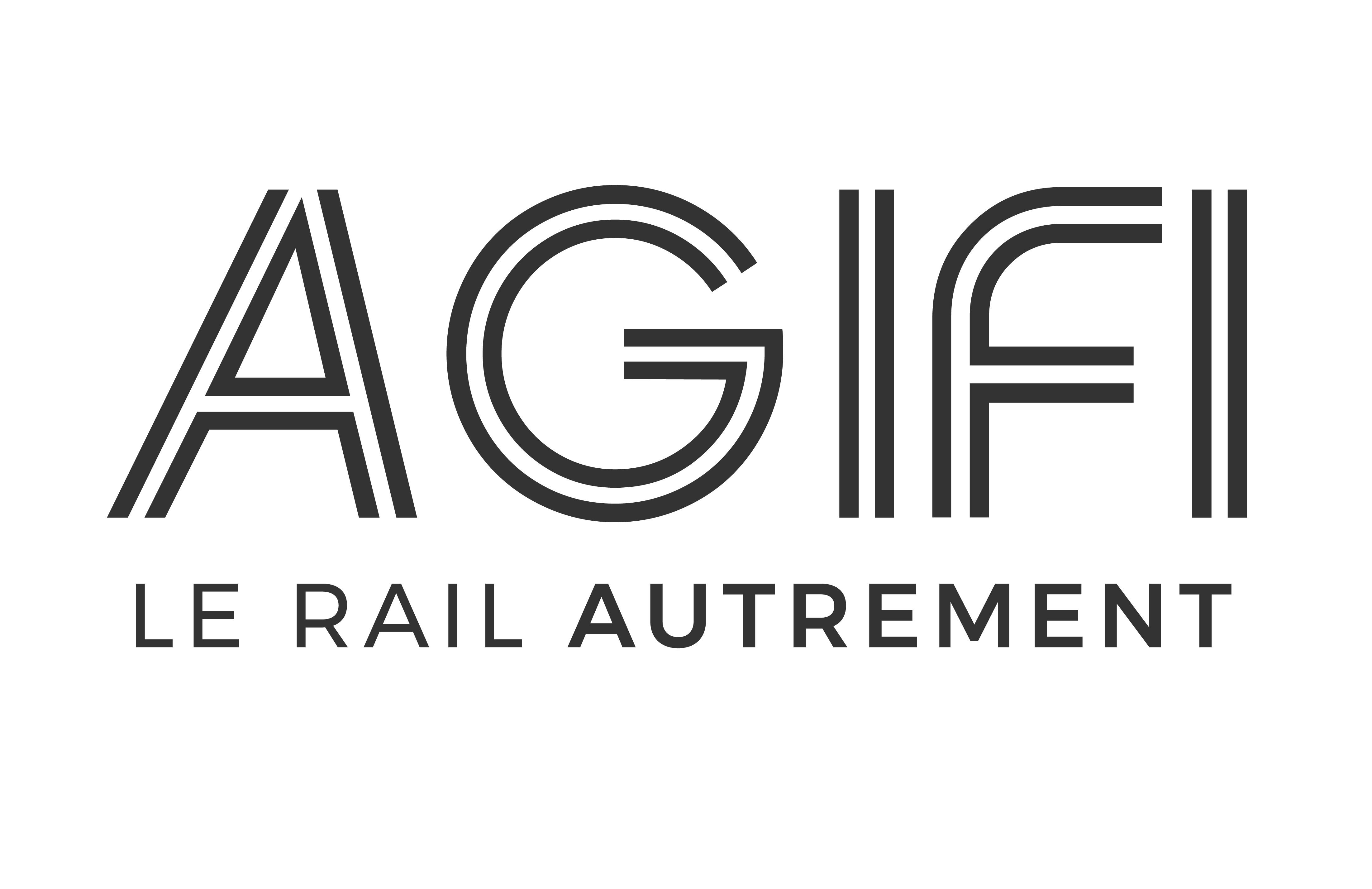Alongside the infrastructure they build, AGIFI members are also responsible for managing environmental projects on a sometimes-impressive scale. These environmental aspects are a key part of the project agreements.
To limit the environmental impact of their projects and meet natural habitat preservation targets, AGIFI members rigorously apply the “avoid, reduce, offset” (ARO) principle. To do so, they develop close collaborations and partnerships with local stakeholders (environmental organisations, institutional partners) and experts in the field.
Beyond protecting biodiversity, AGIFI members have launched a number of initiatives to decrease their carbon footprint, reduce water and energy consumption, and improve waste management.

